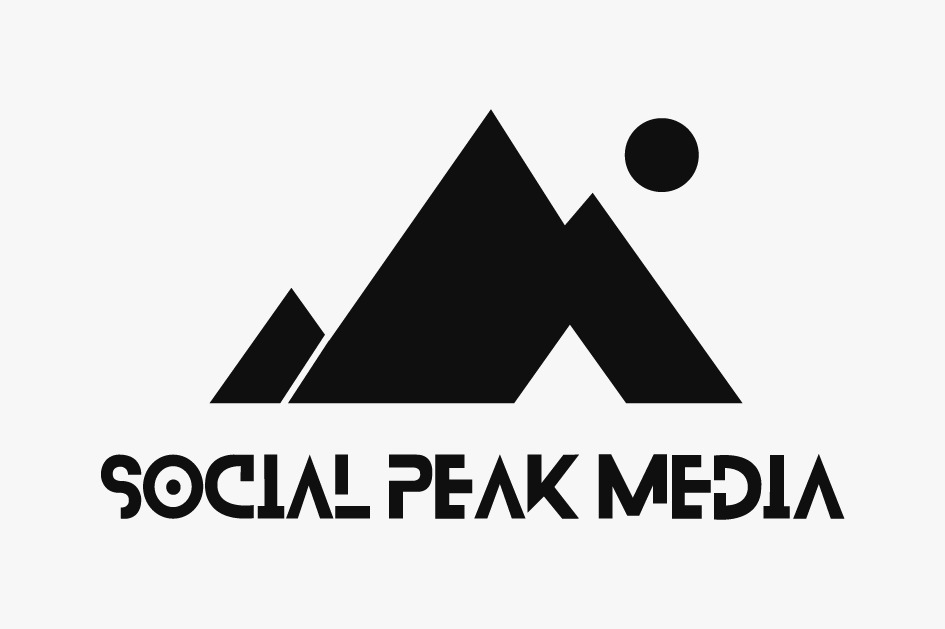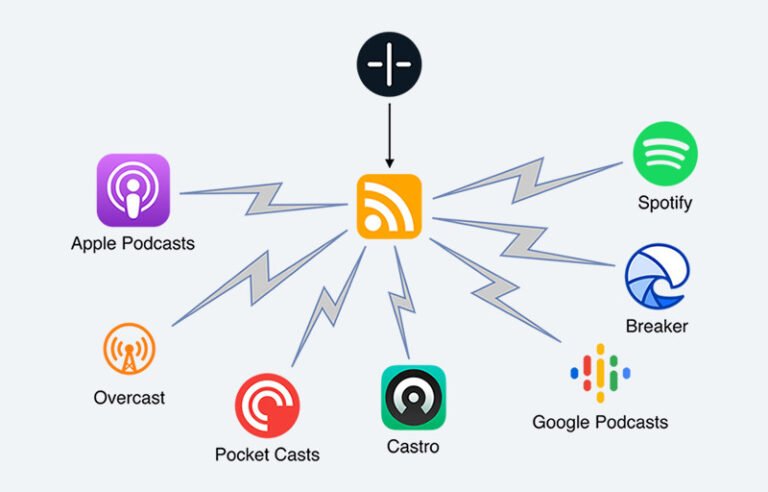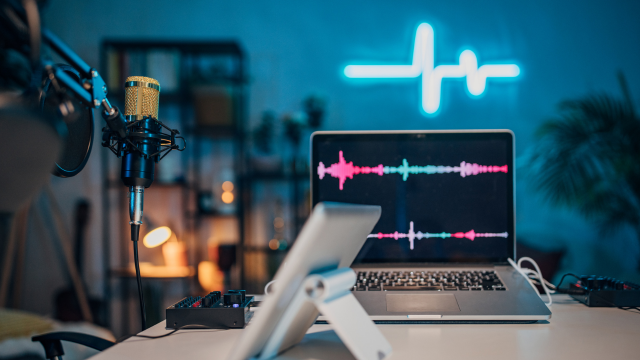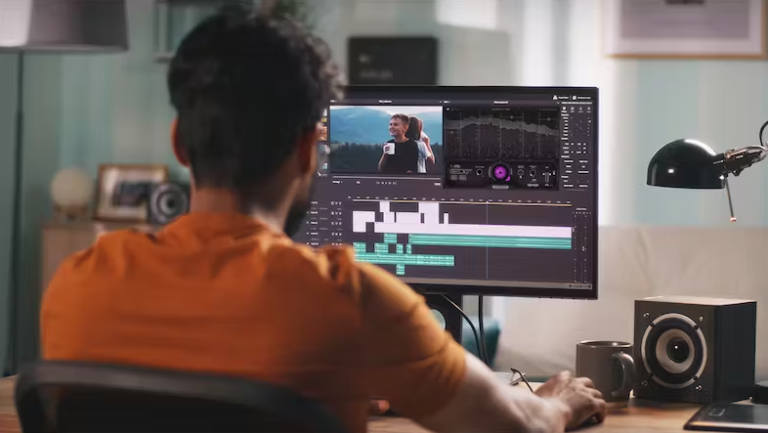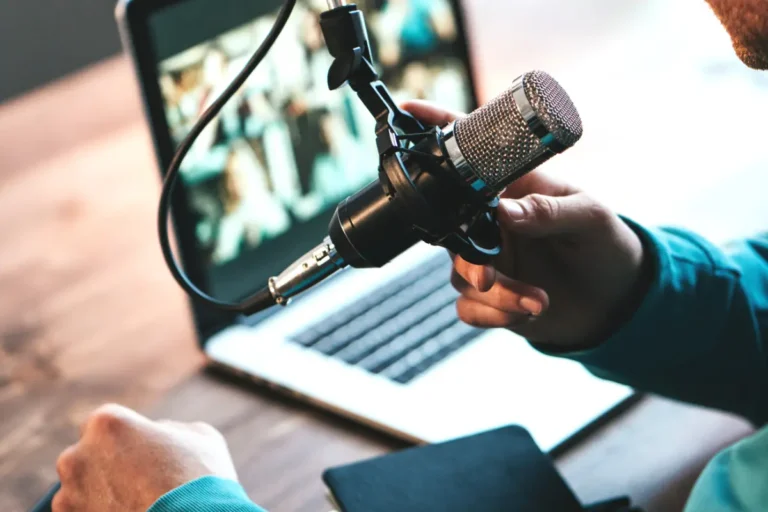Must-Have Tools for Remote Podcast Recording
When you’re not in the same room as your co-host or guest, maintaining audio quality can be tricky—unless you’ve got the right setup. Recording podcasts remotely has become the norm for many creators, offering the flexibility to collaborate with guests across cities, countries, or even time zones. But with that flexibility comes a few challenges: uneven sound quality, internet hiccups, and syncing issues.
To help you navigate this, we’ve compiled the top tools for remote podcast recording in 2025, so you can create professional-sounding episodes no matter where you or your guests are.

Best Platforms for Remote Podcast Recording
Choosing the right platform ensures smooth conversations and high-quality audio captures:
Riverside.fm
- Records separate audio and video tracks
- Uncompressed audio quality
- Easy-to-use interface ideal for guests unfamiliar with podcasting
SquadCast
- Excellent audio quality with progressive uploads
- Separate tracks for each participant
- Built-in backup recordings for added safety
Zencastr
- Simple user interface
- Separate high-quality tracks
- Integrated editing and post-production tools

Essential Hardware for Remote Podcasting
High-quality hardware significantly impacts the success of your remote podcast:
Microphones
- Samson Q2U (USB/XLR): Affordable, reliable, easy setup
- Audio-Technica ATR2100x: Excellent clarity and versatility

Headphones
- Sony MDR7506: Great for monitoring clear audio during remote calls
- Audio-Technica ATH-M50x: Professional-grade sound quality

Webcam (For Video Podcasts)
- Logitech C922 Pro: Clear video quality, easy plug-and-play use
- Elgato Facecam: Professional video capture, customizable settings

Tips for Ensuring High-Quality Remote Recordings
Follow these tips to improve your remote recording sessions significantly:

Stable Internet Connection
A strong, reliable connection keeps your audio from glitching like a dial-up ghost.
Quiet Recording Environment
Record in a noise-free zone with minimal echo. Blankets, rugs, or even a DIY pillow fort can help if you’re not ready to invest in acoustic foam.
Test Equipment Before Recording
Always run a quick test to catch any weird mic issues, software bugs, or surprise updates that could ruin the session.
Always do a tech check before you hit record. Bad audio is the easiest way to make people bounce off your podcast faster than a first date gone wrong.
Recommended Software Tools for Remote Collaboration
These editing software tools simplify the process of managing remote guests and collaborative podcast sessions:
Calendly (Scheduling Tool)
- Simplifies guest scheduling
- Automated reminders reduce no-shows
Slack or Discord (Communication)
- Great for managing team or guest communication
- Centralizes discussions and file-sharing
Google Drive or Dropbox (File Sharing)
- Convenient cloud storage solutions
- Easy sharing and organization of audio files

How to Conduct Engaging Remote Interviews
Capturing engaging remote interviews requires some specific strategies:

- Prepare Interview Questions in Advance
Share a list or outline with your guest ahead of time. Keeps the convo structured and your guest from rambling into the void. - Manage Conversation Flow
Be present. Listen actively. Throw in follow-up questions and guide the discussion like the smooth-talking host you are. - Maintain Technical Readiness
Know your gear. Test your software. And have a backup plan ready, because tech gremlins love podcast day.
Editing Tools Specifically for Remote Podcasts
Editing remote recordings often require special attention due to varying audio quality:

Descript
- Text-based editing simplifies multi-track editing
- Advanced AI tools for removing filler words and background noise
Adobe Audition
- Powerful noise reduction and audio cleanup
- Multi-track editing capabilities
Hindenburg Journalist Pro
- Automated audio leveling perfect for remote recordings
- Quick, easy editing tailored for podcasts
How to Choose the Best Tools for Remote Podcast Recording
Selecting the right remote podcasting tools involves considering several important factors:
- Define Your Needs
Do you need video recording? Planning to host multiple guests? Want AI-assisted editing magic? Know what you’re aiming for before you start shopping. - Consider Ease of Use
Pick tools that don’t require a guest to read a manual. User-friendly = less stress = better vibes. - Balance Cost and Quality
Budget matters—but so does not sounding like a potato. Find the sweet spot where value meets performance.
Ready to Master Remote Podcasting?

With the right tools and strategies, remote podcast recording can be just as professional and engaging as in-person recordings. Investing in quality platforms, hardware, and editing software ensures your podcast sounds polished and appealing.
If you need further guidance or professional support, Social Peak Media is here to help you produce exceptional remote podcasts. Contact us today and enhance your remote podcasting experience!
Disclosure: Our blog contains affiliate links to products. We may receive a commission for purchases made through these links. However, this does not impact our reviews and comparisons. We try our best to keep things fair and balanced, in order to help you make the best choice for you.
